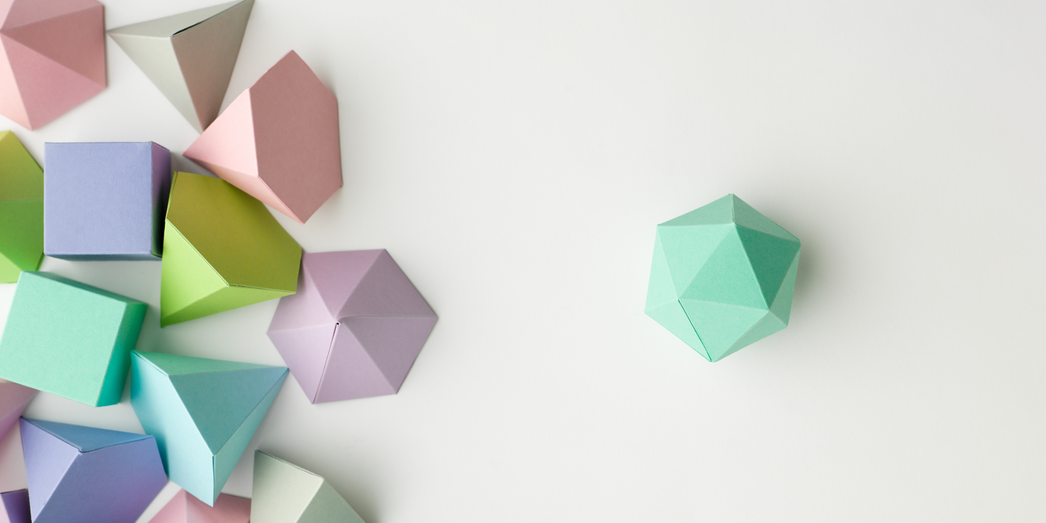
How to learn shapes with children?
Every day we are surrounded by different geometric shapes. We interact with them all the time in many ways; that is why it is important to start learning the very basics of geometry from the earliest age of the child. The sooner he/she understands how to distinguish one shape from another, the better it will do for his/her spatial and analytical thinking. Even if a kid can not speak yet, that does not mean that he/she does not understand any information. Children’s brains are like a sponge that keeps everything you pour in it. So, make sure you fill it with the right and beneficial things.
Why learn shapes with kids?
Anyways, what is the profit in learning shapes at a young age? Isn’t a baby too little to begin exploring the world of geometry? What is the ideal age to start? To begin with, the first two years of a child’s life are the most important for establishing the basis for future education. Even in a couple of months since the child was born, you can begin naming shapes while communicating with a baby. For example, you can say something like “There is your favorite round plate” or “Let’s take this square box”.
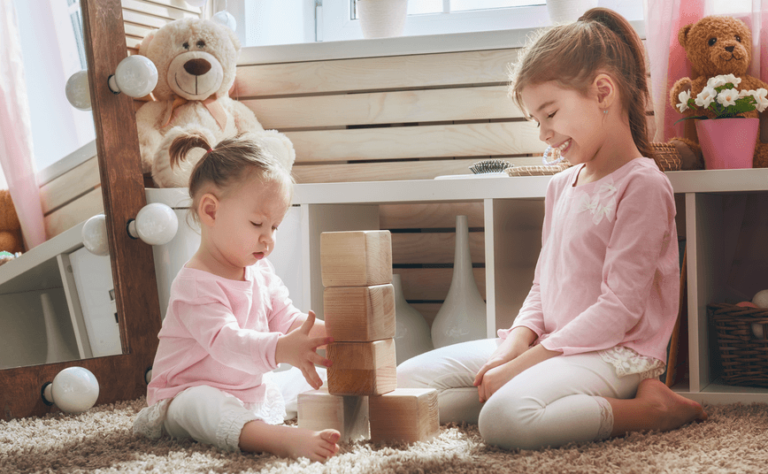
That does not mean a child has to learn every shape and its name by heart — he/she will work it out a bit later. Just for the beginning, mentioning and showing will be enough. Step by step, this will help a kid to develop his/her worldview, enlarge vocabulary and set causal links, which are helpful for a child’s cognitive development, in general. These skills are crucial for preschoolers, in school and adulthood, as well. Later on, a good understanding of geometric shapes and forms will assist your child in the field of mathematics and, at the same time, in his/her everyday life.
What to learn?
So, now we realize how important it is to start interacting with geometrical shapes as soon as possible. But where to begin? When your child is 1-2 years old, the best idea will be to start from the simplest flat figures. The first thing to learn is a circle. If a kid can easily distinguish it from other shapes, add some more — square, oval, triangle, rectangle, rhombus, etc.

Obviously, you can learn flat figures with your kid by drawing and painting them on paper. There are many ways to do it, but the main idea is to turn to learn into a fascinating and exciting game, which will keep your kid away from boredom and help his/her development at the same time.
When this stage is achieved, you can move on to the more complicated shapes such as trapeze, parallelogram, pentagon, octagon, and other polygons. Also, at the age of 3-5, a child can usually tell one shape from another and recognize sophisticated forms like a cross, heart, star, etc. We can meet the examples of these shapes literally everywhere, so do not miss the moment to include them in the educational games you play with your child.
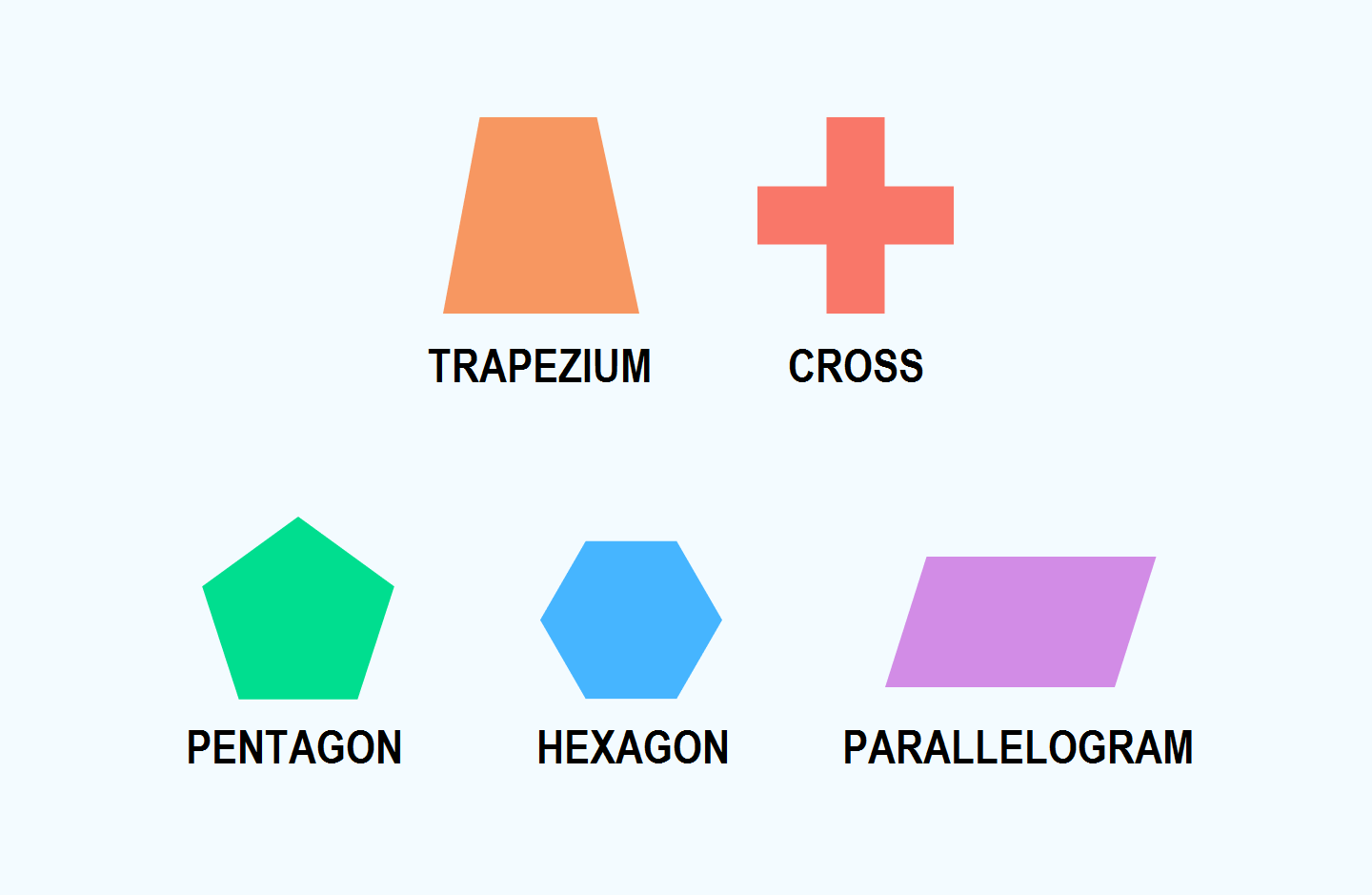
Besides drawing or modeling shapes, you can also find them in nature, at home, or in the urban landscape. Searching for such shapes can help your child to improve his/her imagination and abstract thinking.
Older preschoolers are usually ready to learn three-dimensional shapes: cylinder, pyramid, sphere, cube, cone, prism. Though a child is normally able to understand the peculiarities of 3-D shapes by the age of 6, you can start practicing even earlier by playing with a sorter or building blocks.
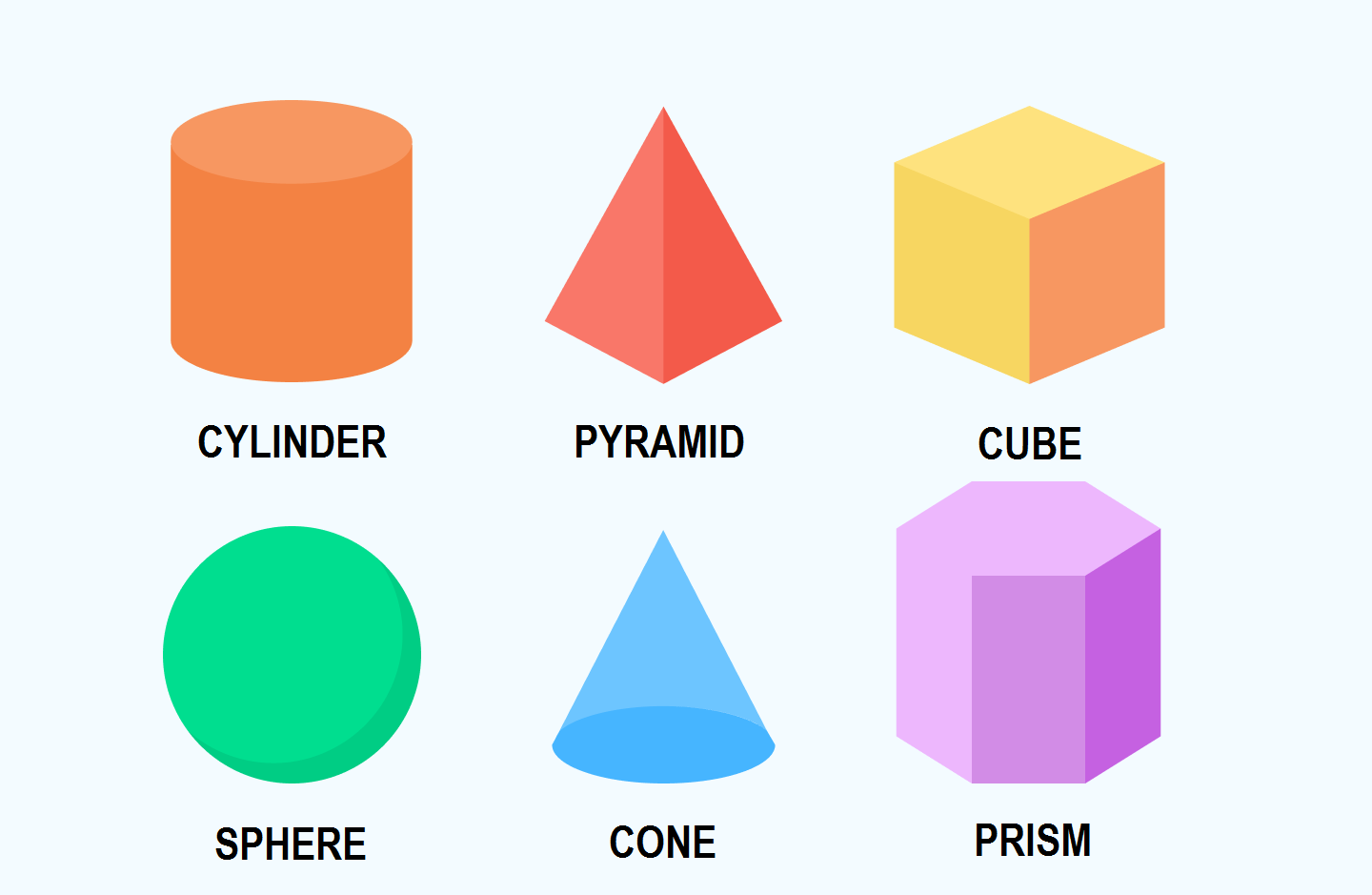
At this stage, it is highly important for a kid to compare and find differences between two- and three-dimensional shapes. Also, you’d better pay attention to various sizes and materials. Exploring volumetric figures not only guides your kid into the world of geometry but also develops his/her motor skills.
How to learn shapes with a child?
As we mentioned before, the crucial skill is to identify shapes. Telling the square from the rectangle will be enough for little kids. To identify different kinds of triangles, for example, is a higher level. Do not forget to compare bigger and smaller figures of the same or different kinds to instill the understanding of sizes in your kids, too. Also, it is beneficial to ask children to explain differences or similarities between shapes — why are the moon and a plate alike? How are they different?
Moreover, you should try a hands-on approach. Draw, paint, cut, sculpt various figures of different sizes and colors. Then offer your kid to transform one shape into another. For instance, make a rectangle from two triangles, or vice versa — deconstruct a box into several separate squares. You can experiment with shapes and forms in any way you like:
- create new sophisticated construction,
- count how many rectangles are in a book,
- move and rotate figures to see how they can change.
A very captivating activity for many children is building a geometric puzzle. When a kid achieves something big that he/she has been working on for a long time, it will surely remain in his/her memory for the whole life.
In addition, enlarging a kid’s vocabulary never hurts. Try to repeat names of shapes, ask a child how this or that figure is called. A very effective way to do it is to focus on one word each week (you can change time according to your kid’s skills). For example, emphasize that a kid is sitting on a round carpet, drawing a round sun, and eating from a round plate. And more questions! Ask a kid what shape is a toy or a fruit. The more a child repeats a word him/herself, the faster he/she bears it in mind. Do not put pressure on the child, though. Let a kid take his/her time to learn and remember everything and be there to give a tip if needed.
20 shape activities for preschooles
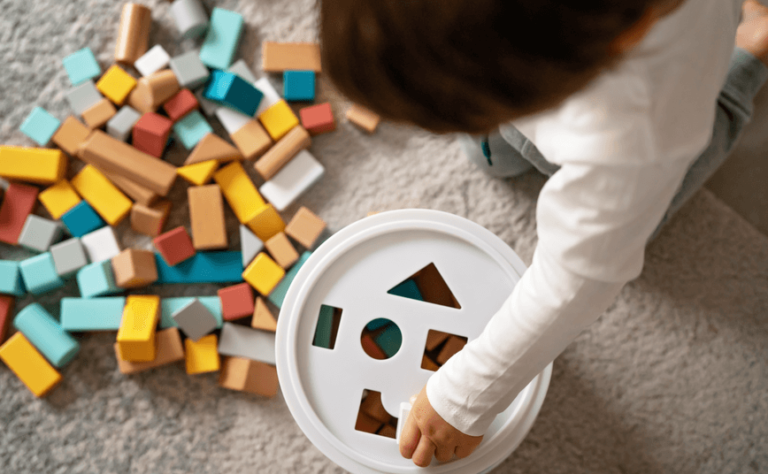
You can invent many ways to learn shapes and forms with a child as long as you do not run out of creativity. But still, there are some suggestions you might find amusing:
- Building blocks. This activity is the first thing that comes to mind when we talk about learning shapes. Even though building blocks exist for many years already, even modern children love them.
- Toothpick building. If your kid prefers making things with his/her hands, try to model different figures with toothpicks and modeling clay. You can experiment with colors or the volume of your model.
- Shapes exploration table. This is a poster that explains connections between real objects and abstract shapes. For example, there can be a cushion with a note saying “square” or a piece of pizza named “triangle”. This will make it clear for a kid that we live in a world full of various shapes.
- Geoboard shape cards. This activity will develop a child’s motor skills as well as help him/her memorize shapes. All you need is a geoboard and colorful bands or ribbons. The point is to fix the ribbons to construct a particular shape.
- Shape sensory table. For this activity you need lots of small models of figures and something like cupcake pans — a child is to put every kind of shape in each section. You can also ask a child to sort details according to their size, color, or any other criteria.
- Shape sort. It is a pretty easy game where a child is supposed to sort cards with pictures of some objects into different categories according to their shapes. For instance, the sun, a pancake, and an apple go to the “round” side; a window, a cracker, and a road sign go to the “square” one.
- Mini book. A very creative way to learn shapes is to make a small book dedicated to each of them. You can construct a “rectangle book” and draw different rectangles on every page of it. Use different colors to make it brighter and let a child design it as he/she wants.
- Play dough. It is not a secret that children adore playing with dough. Make this amusing activity beneficial for a kid’s development! You can offer a child to create a monster using only cubes, for example. Or you can give him/her freedom of creativity, and, after the work is done, ask him/her what shapes were used here.
- Shape printing. Another entertaining way to learn shapes is to print them on paper using wooden blocks and paint. This is very easy and joyful, and at the same time, can result in a fairly interesting picture that you can use to decorate your child’s room.
- Collages. If a kid prefers cutting and gluing to painting, you can make a fun collage of many shapes. A child will learn not also to distinguish one shape from another but also manipulate them to achieve the best composition.
- Sorter. It is an educational toy where a child needs to find a “home” suitable for each figure. This is a very beneficial game as at the same time a child develops his/her memory, motor skills, and analytical thinking.
- Volumetric stickers. This activity is also good for the memorization of shapes. Volumetric stickers are usually pleasant to touch and are very bright, so they will keep your kid attentive.
- Magnets. An alternative way of the letter game is to use magnets. The mechanism of their work is often fascinating for kids, so it will be interesting for them to play with these magical things.
- Template. An easy way to learn how to draw figures is using a template. It is a great start towards a real drawing. Do not forget to give a child a chance to choose what template he/she wants to use today and ask him/her what shape it is.
- Guess by touching. For this game, you may need something like a bag with different blocks. A child has to touch one figure and try to guess what share it is. To make it more entertaining, let a kid guess a color, too – allow him/her to use his/her intuition.
- Hiding figures. Another way to improve a kid’s memory for shapes and forms is to play a game, where you firstly show a child some figures and then hide one of them. A child is supposed to recognize and name a missing item;
- Detective. You should give your child a “portrait” of a figure that should be constructed — it is a dismantled 3-D figure. Our so-called detective should find a way how to build it back;
- Origami. This method is harder than just constructing simple shapes. However, if your child is patient enough, you can try to make a crane or a dinosaur from paper together. This will give your kid a very clear understanding of how volumetric figures are made and, also, will improve his/her motor skills a lot.
- Drawing + active games. When the weather is fine, you can learn shapes outside. For example, at first, you draw different shapes together, and after that, you name a shape, and your kid steps or jumps onto it.
- Cartoons. Finally, thanks to our modern world, there are plenty of special cartoons on the Internet. Surely, there is no need to overload your child with educational content. Still, from time to time, it would be great to watch something useful.
All in all, exploring the world should be a great pleasure for children. Pay attention to your kid’s interests, give him/her a choice, be a good friend and a supporter — and then an educational process will turn into a merry game. Do not forget that even small children take in lots of information, so do your best to deliver a necessary message properly. And the best thing about teaching your child something is that you also learn new things, even in very familiar topics like shapes and forms.

new engaging articles



